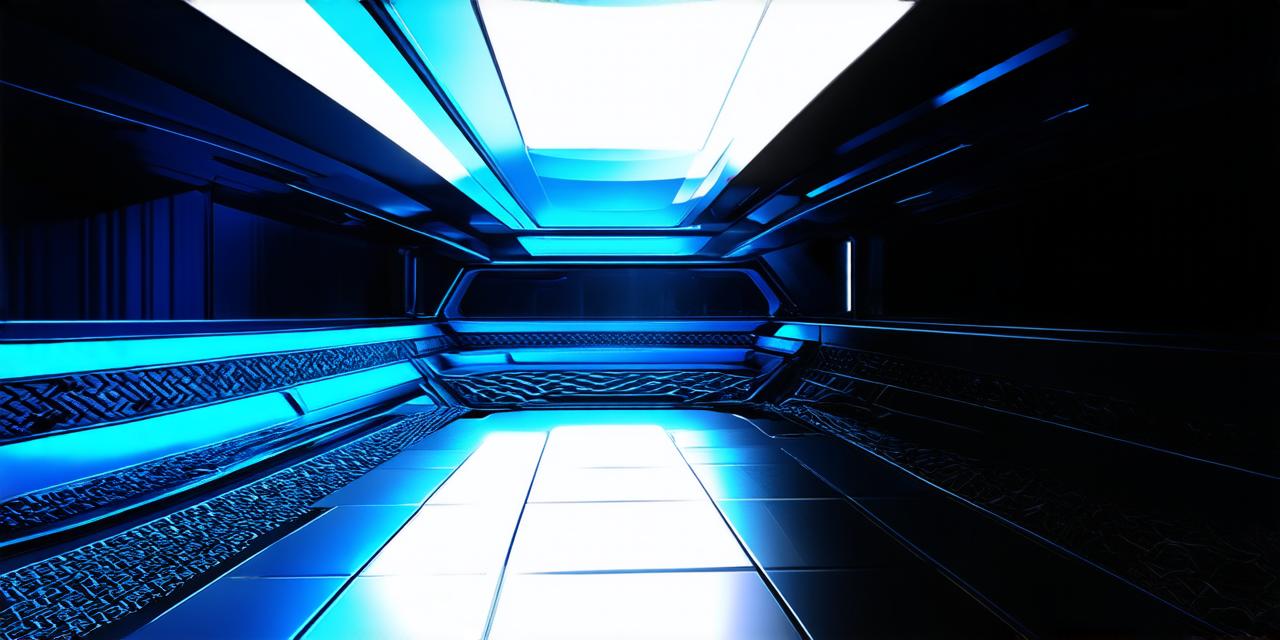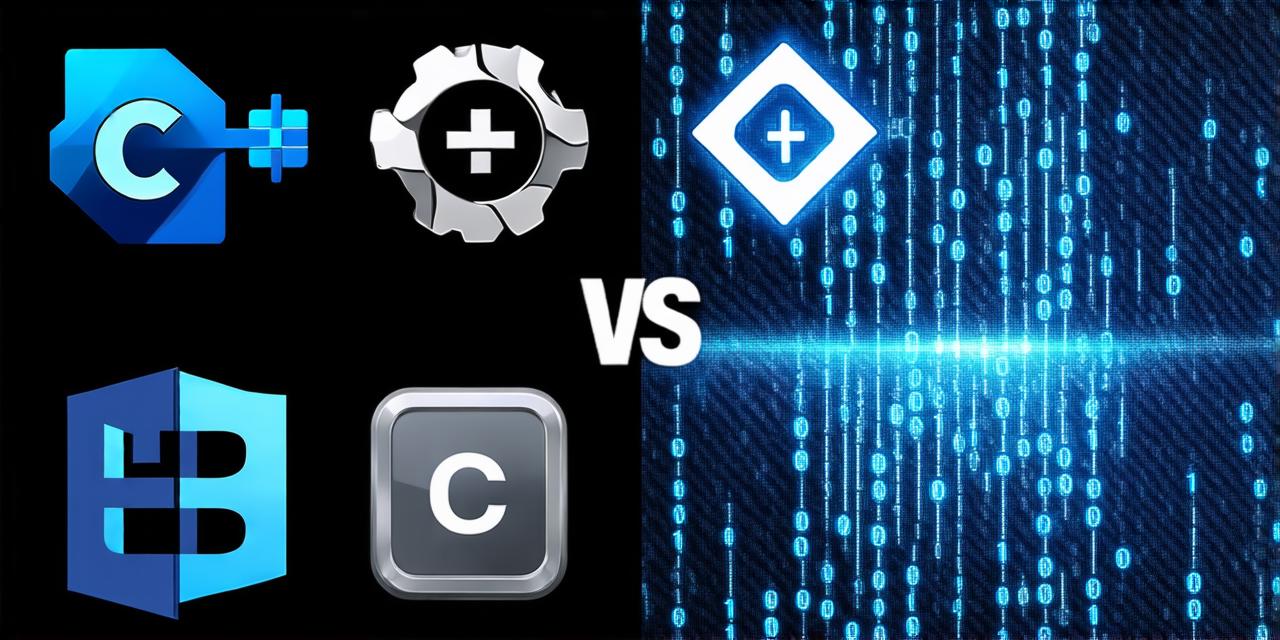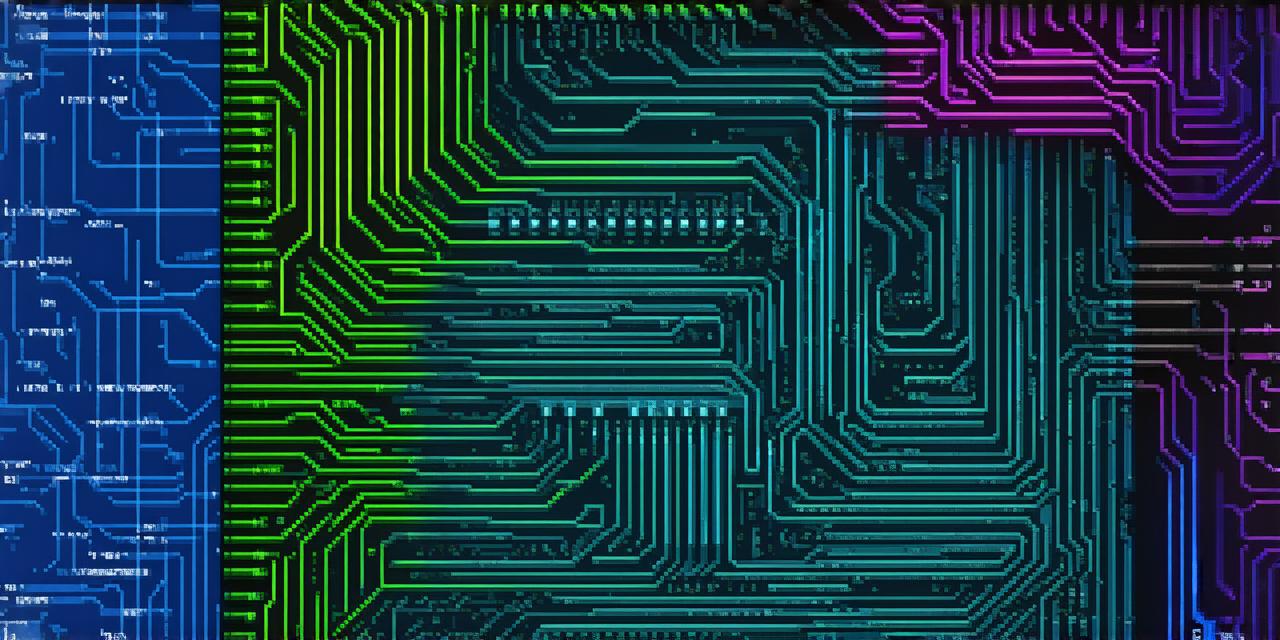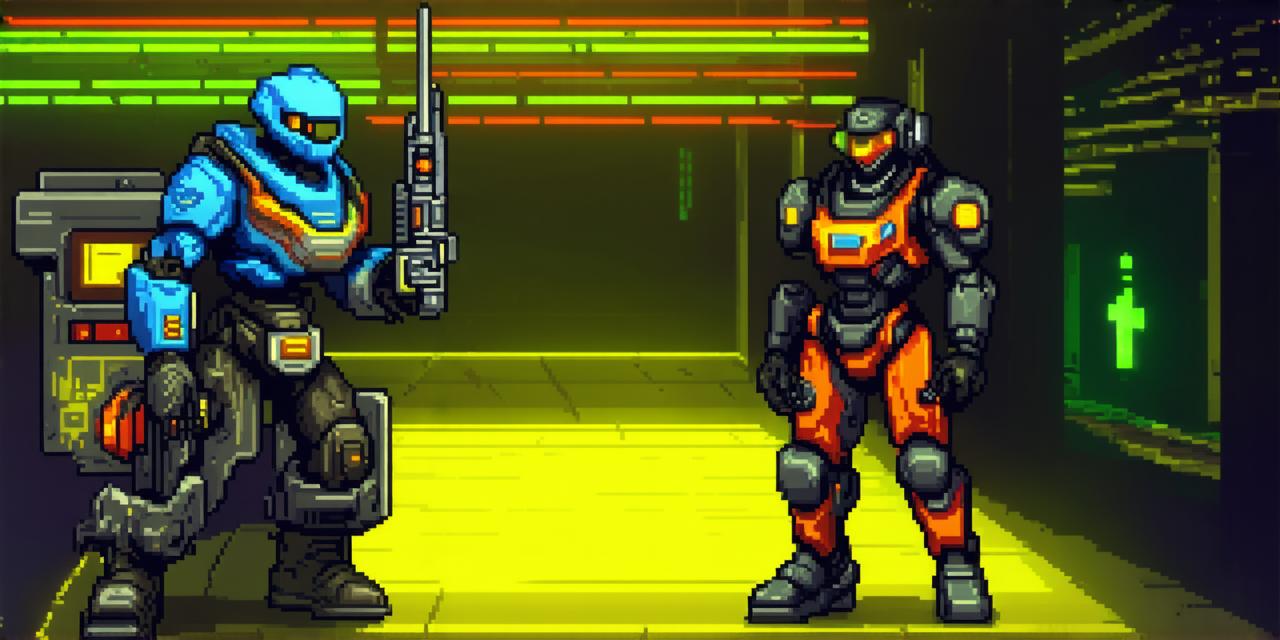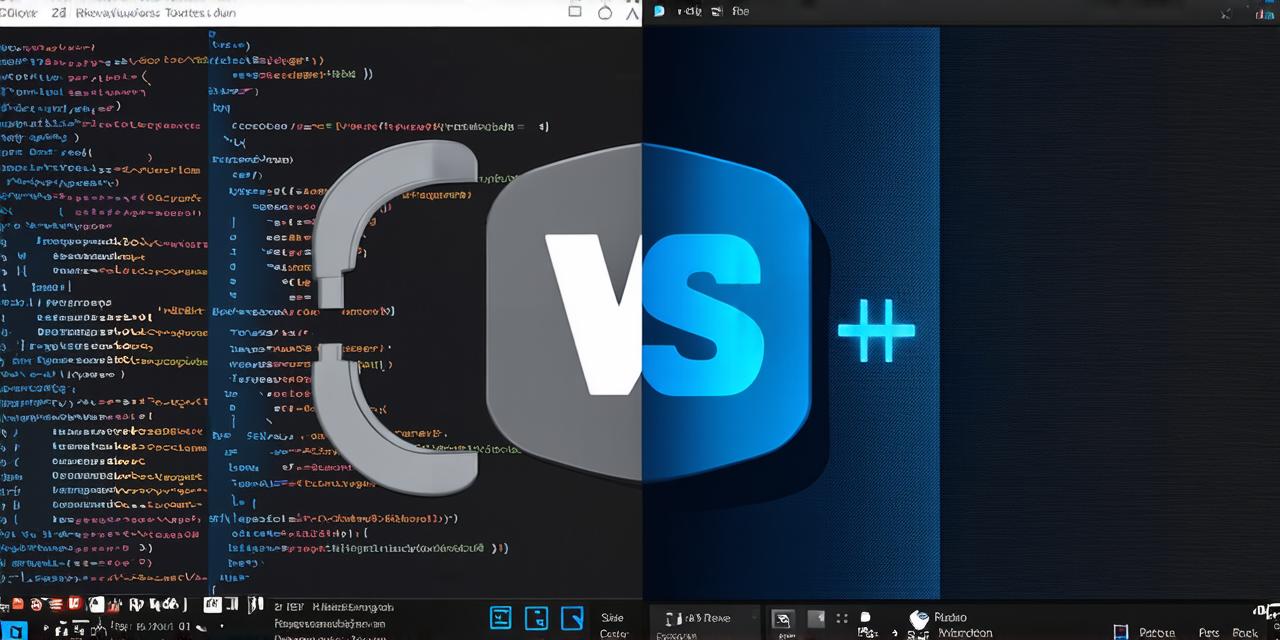Unity 3D is a popular game development engine that can also be used for creating interactive experiences such as virtual reality (VR) and augmented reality (AR) applications.
Getting Started with Unity 3D
Before you start using Unity 3D, make sure you have the necessary hardware and software installed. You will need a computer that meets the minimum requirements for Unity 3D, as well as the latest version of the engine.
Once you have everything set up, you can create your first project in Unity 3D by going to the “File” menu and selecting “New Project”.
Creating Your Scene
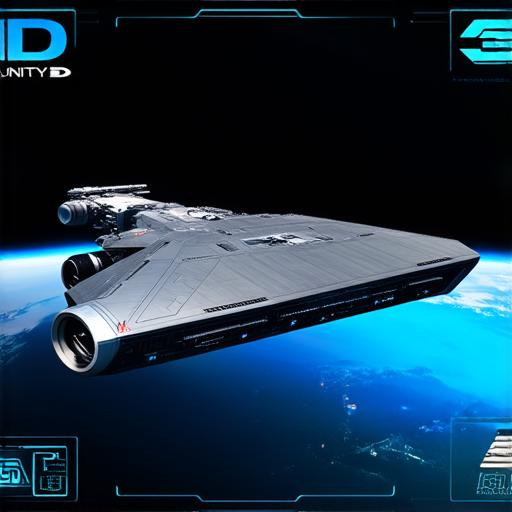
Once you have created a new project in Unity 3D, you will need to start building your scene.
A scene is the main part of your game or interactive experience, and it consists of objects, cameras, and other elements that you can add and manipulate using the Unity editor. To add objects to your scene, you can use the “GameObject” menu in the Unity editor, or you can import objects from external files such as 3D models or textures.
Adding Components and Scripts
Objects in Unity 3D can have components attached to them that control their behavior and interaction with other objects in the scene. You can add components to your objects by going to the “Component” menu in the Unity editor and selecting the type of component you want to add.
For example, you might add a “Rigidbody” component to an object that you want to make moveable, or a “Collider” component to define its shape and boundaries.
You can also add scripts to your objects to control their behavior and interaction with other objects in the scene. A script is a piece of code that you write in C or JavaScript to control the behavior of an object. You can attach scripts to your objects by going to the “Component” menu in the Unity editor and selecting “Script”.
Creating Animations
Animations are a great way to make your objects move and behave realistically in Unity 3D. To create animations in Unity 3D, you will need to use the “Animation” window in the Unity editor.
You can create new animations by going to the “Window” menu and selecting “Animation”. Once you have created an animation, you can add keyframes to define the movement and behavior of your object over time.
Creating Lighting and Effects
Lighting and effects are important elements that can enhance the look and feel of your scene in Unity 3D. You can create lighting and effects by using the “Lighting” and “Particle Systems” windows in the Unity editor.
For example, you might use a “Point Light” to illuminate a specific area of your scene, or you might use a “Particle System” to create visual effects such as explosions or particle effects.
Publishing Your Project
Once you have finished building your scene in Unity 3D, you can publish it for others to play or experience. To publish your project, you will need to export it in the appropriate format for your target platform.
For example, if you are creating a game for PC, you will need to export it as an executable file. If you are creating a VR experience, you will need to export it as a package that can be imported into a VR headset.
